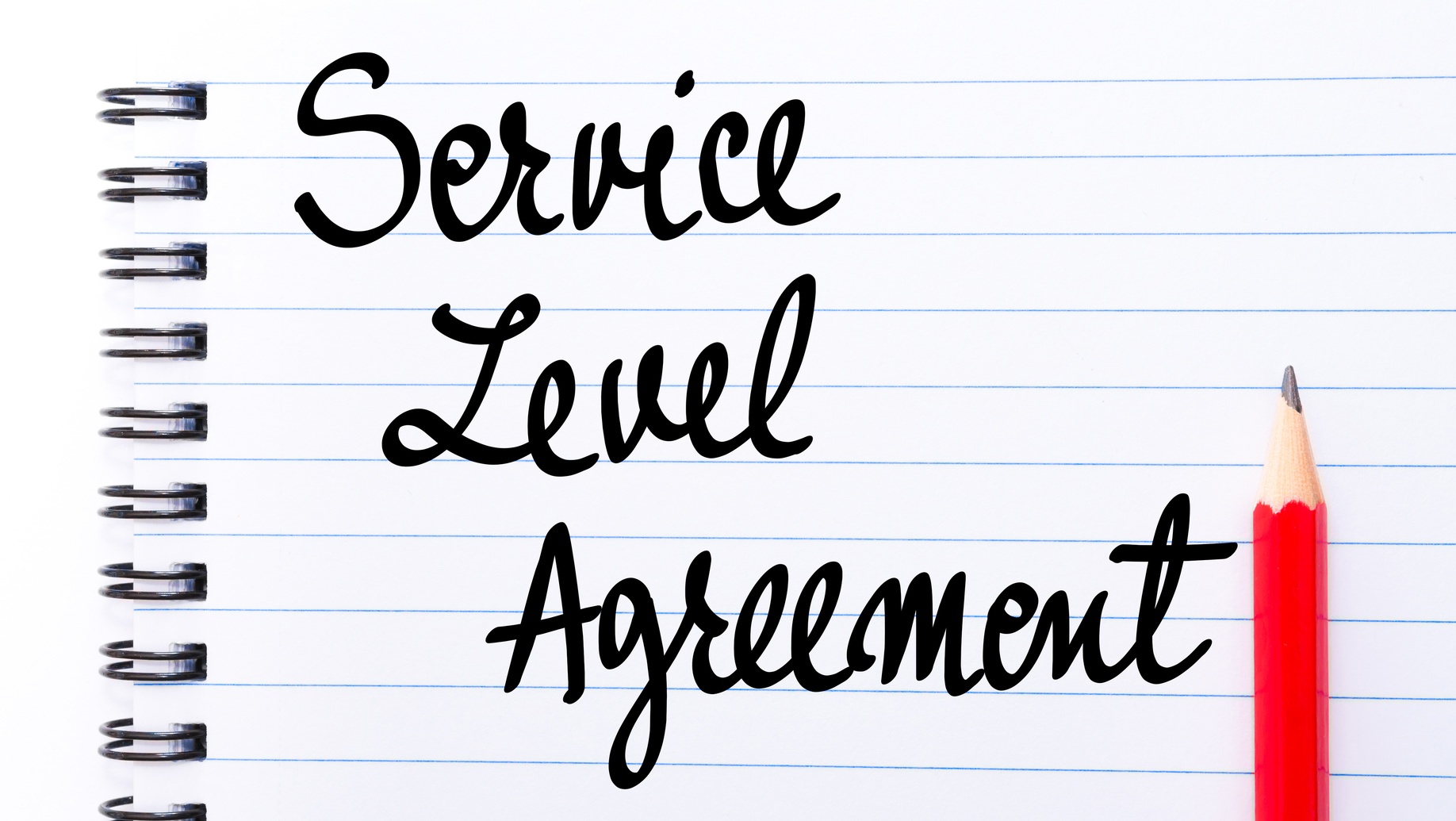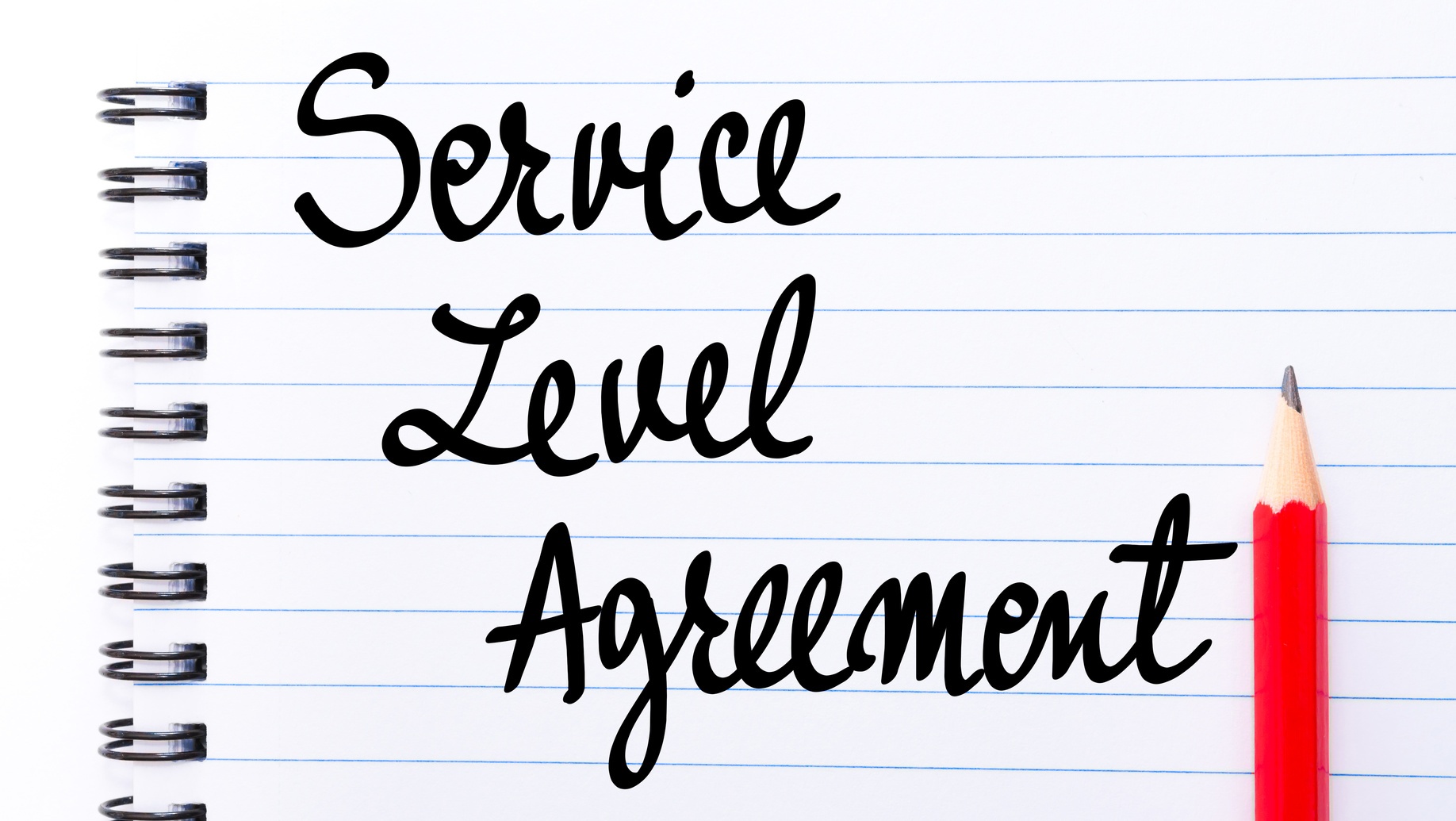Put Dollar Values on Your Marketing-Sales Service Level Agreements

Marketing and sales are on the same team, and ultimately share the same goals, but sometimes in the push for accountability and proven ROI, rather than working together fingers are pointed and blame shifted when goals aren’t reached.
One way to reduce that friction is by ensuring that both departments have a shared understanding of each group’s responsibilities. That understanding is documented in a service-level agreement (SLA).
See how an SLA is created and download a template to create your own here: Sales and Marketing Can Mix, With the Right Agreements.
An SLA is a two-way process, where the marketing team commits to delivering a certain quantity and quality of leads, while the sales team commits to follow up on those leads in a timely manner and make a specific number of contact attempts.
While one part of the SLA will primarily outline expectations in terms of numbers of leads, numbers of contacts, and goals for the number of customers gained, it is also useful to calculate the service level agreement goals in dollar values.
Here’s a look at how it works.
Calculating an SLA in dollars requires taking the percentage of the sales quota that marketing is responsible for each month, and then calculating the value of each marketing qualified lead (MQL) to determine how many leads marketing must deliver to reach that total. (Not sure what constitutes a MQL? Download our lead qualification checklist.)
Three steps to calculating SLA in dollar value
1. Create a list of all the different campaigns or offers that have generated leads in your pipeline.
This list might include case study downloads, webinar registrations, demo sign-ups and trade shows. You can also segment your leads by type of customer, such as enterprise vs. small and mid-sized businesses, or by customer persona.
2. Pull a list of recent customers and match them to the campaign or offer that generated their first visit or conversion.
Then, calculate the average revenue per customer for each lead source. (If you’re segmenting by type of customer, you can also calculate the average revenue per large vs. SMB, or per customer persona.)
3. Look at the average close rate for each campaign or offer.
Then, multiply the average revenue-per-customer for those campaigns/offers against the close rate to determine the average MQL value.
Here is an example of how a spreadsheet to calculate those values might look:
|
MQL Type |
Average Revenue/Customer |
MQL to Customer Close % |
Value per MQL
|
|
Case study |
$160,000 |
1% |
$1,600 |
|
Webinar |
$100,000 |
1.5% |
$1,500 |
|
Online Demo |
$150,000 |
2% |
$3,000 |
|
Tradeshow |
$125,000 |
1% |
$1,250 |
|
Contact Sales |
$110,000 |
10% |
$11,000 |
So, if the portion of the sales quota that marketing is responsible for each month is $200,000, you can now calculate whether the number of marketing qualified leads being sent to sales matches that total, based on the value of each type of lead.
Having these types of expectations outlined and agreed upon in advance sets both marketing and sales up for greater accountability, greater collaboration and a more unified approach.
Our free ebook, The Complete Guide to Unifying Marketing and Sales provides detailed guidelines on the other steps involved in establishing an SLA, including setting up closed loop reporting and defining your sales funnel stages.
-1.png?width=1652&height=294&name=Jones(RGB)-1.png)












